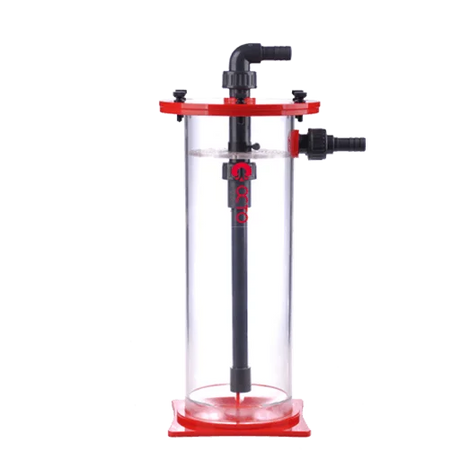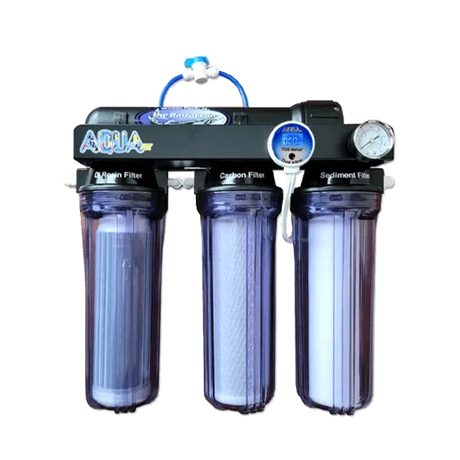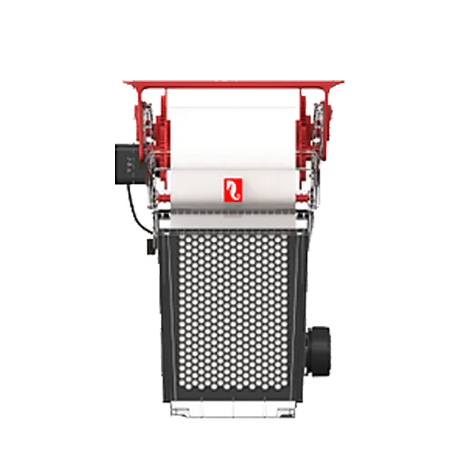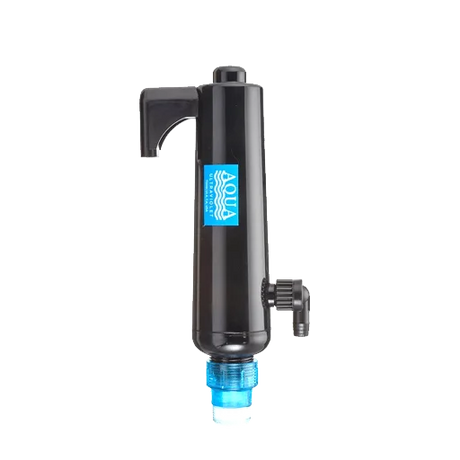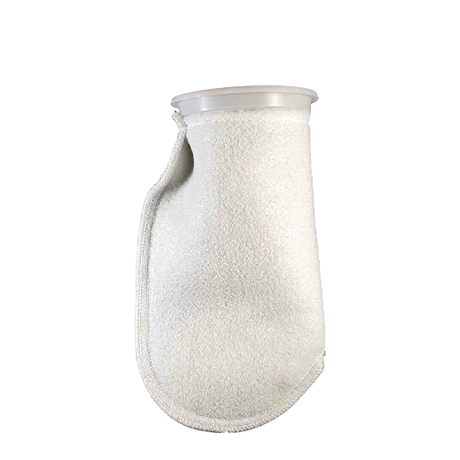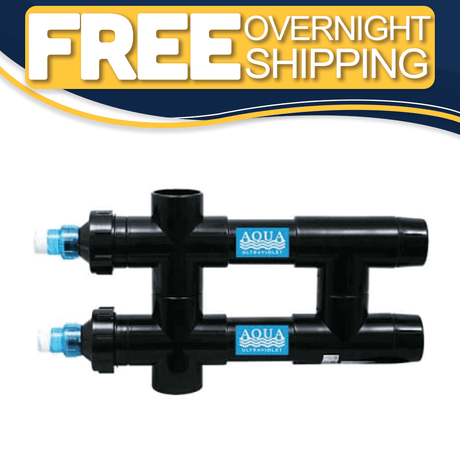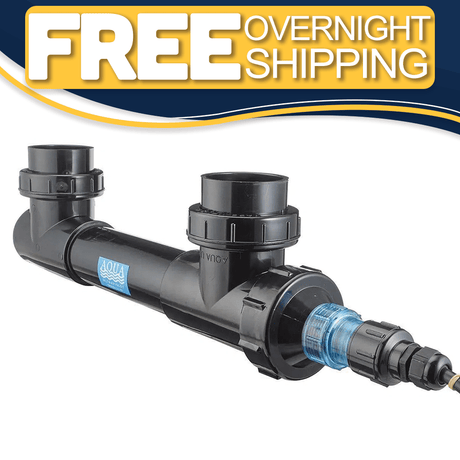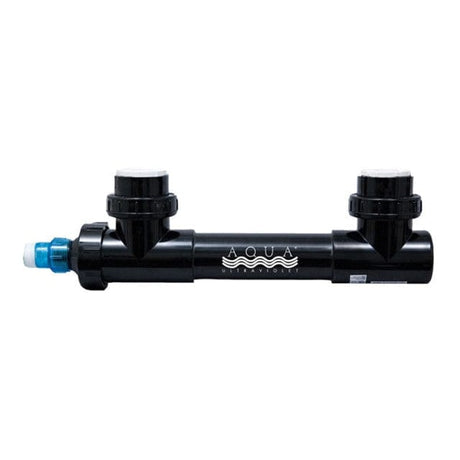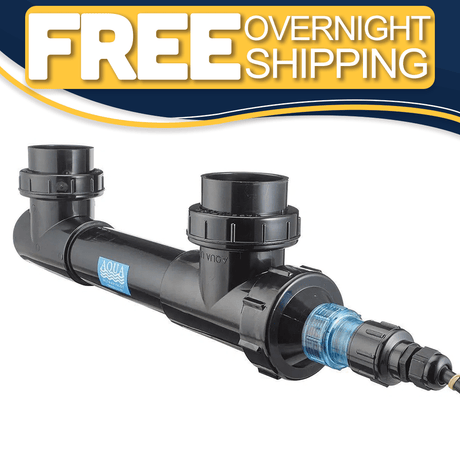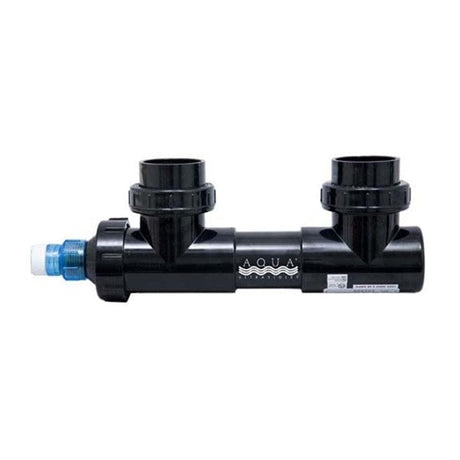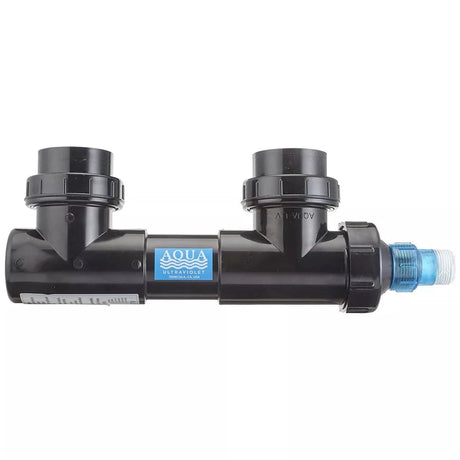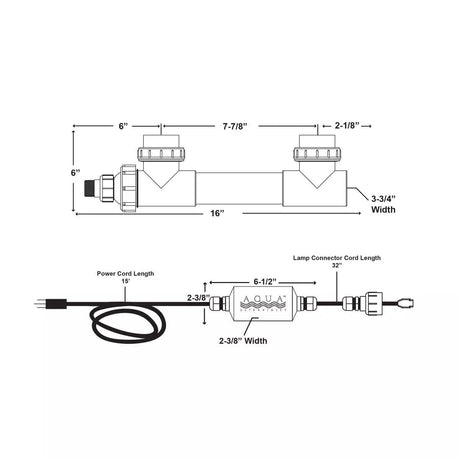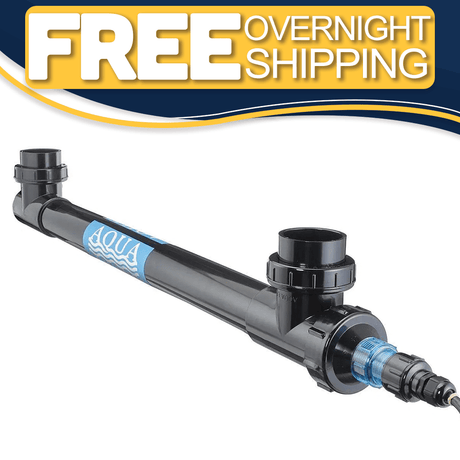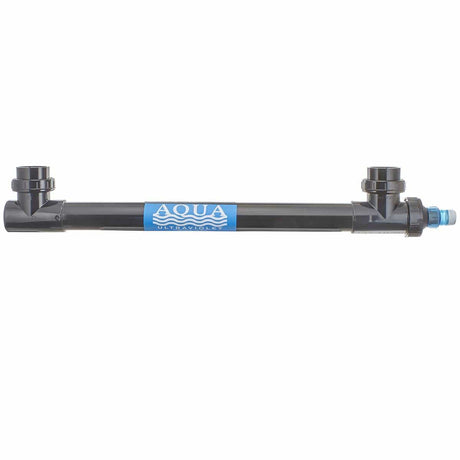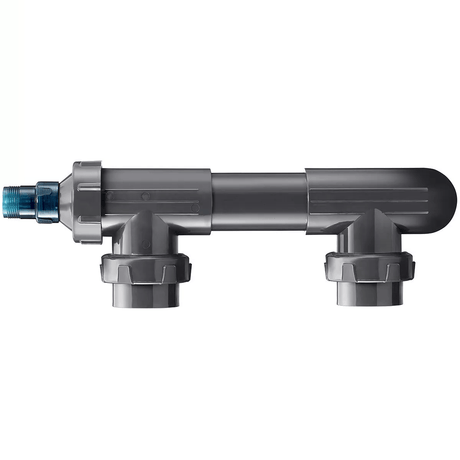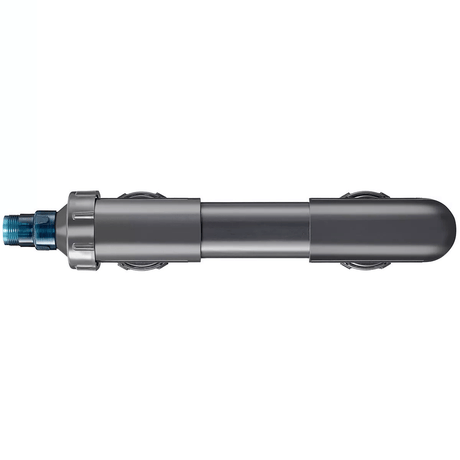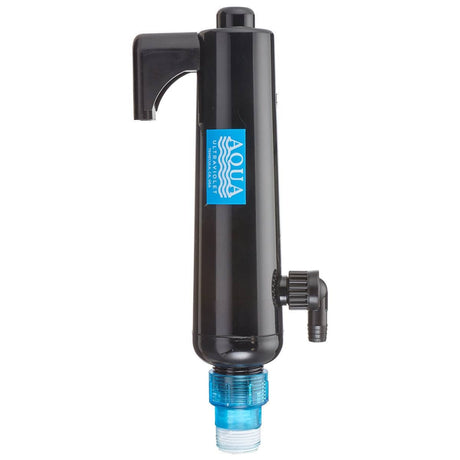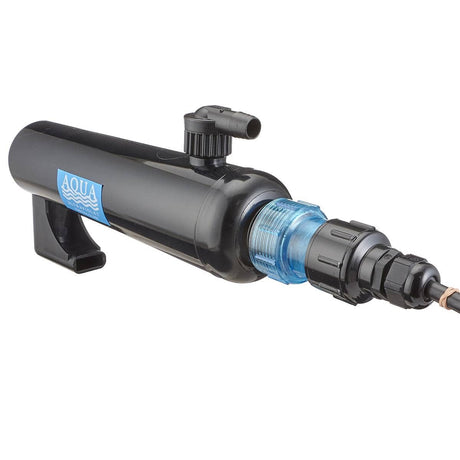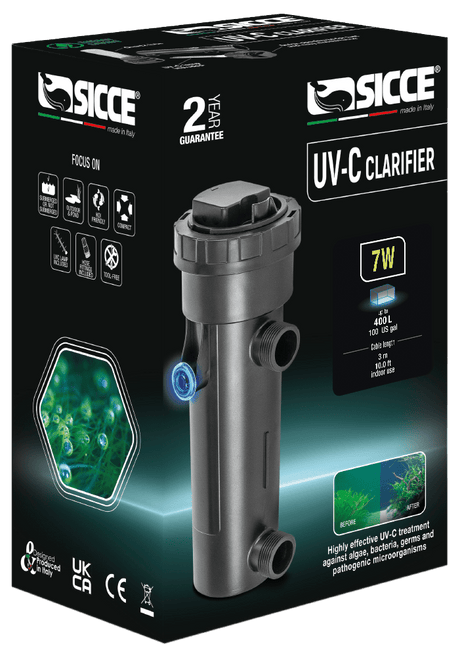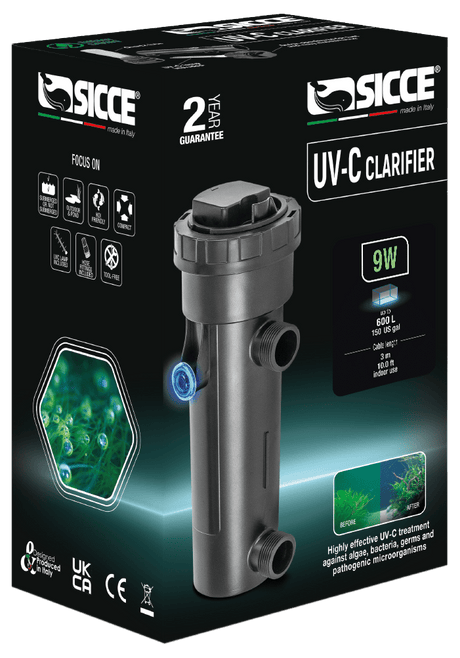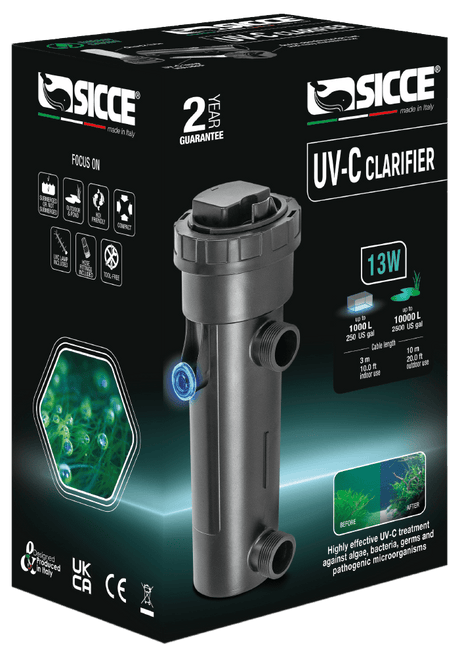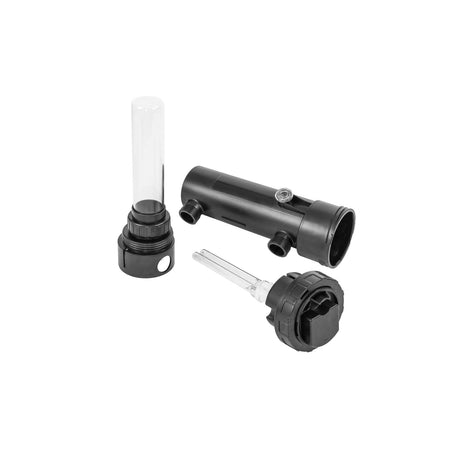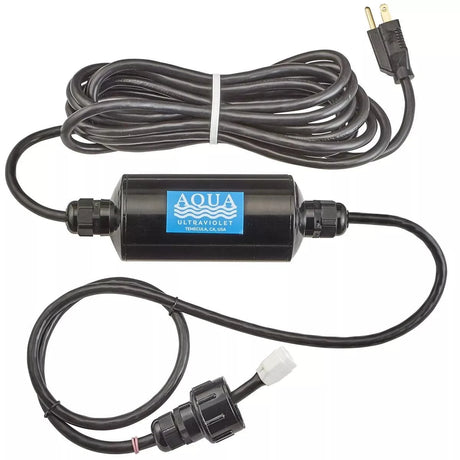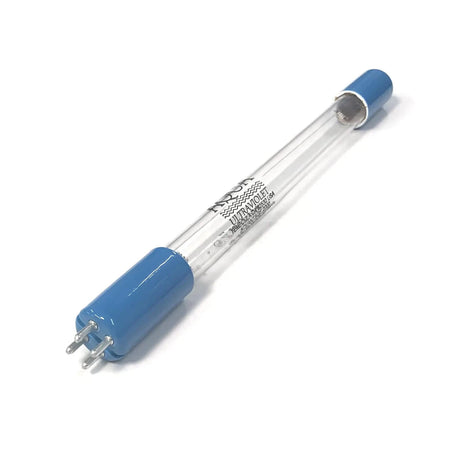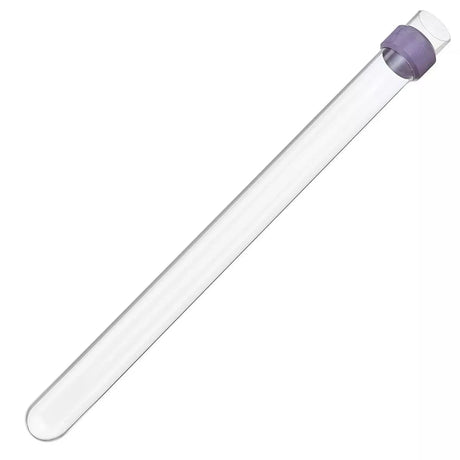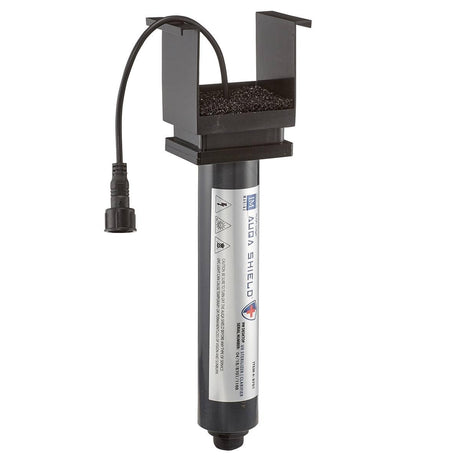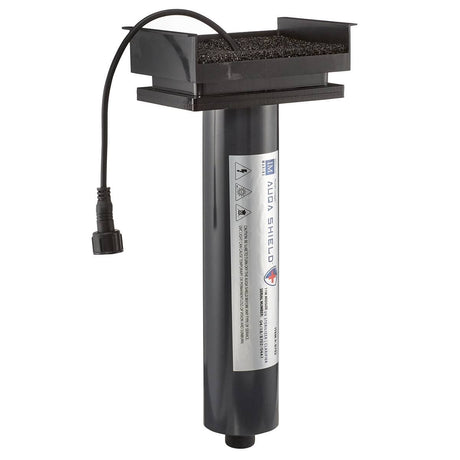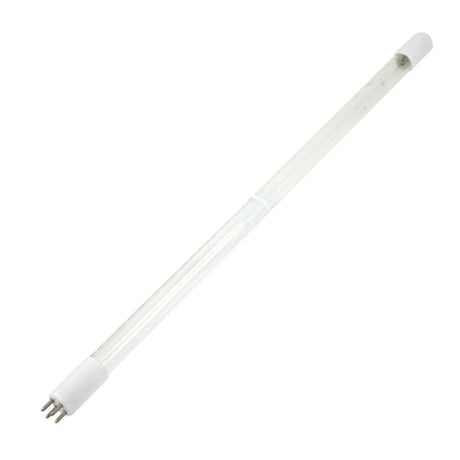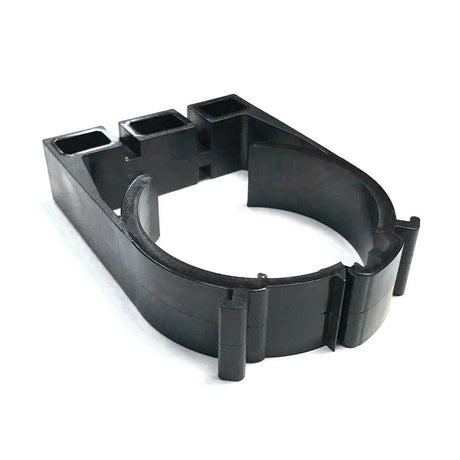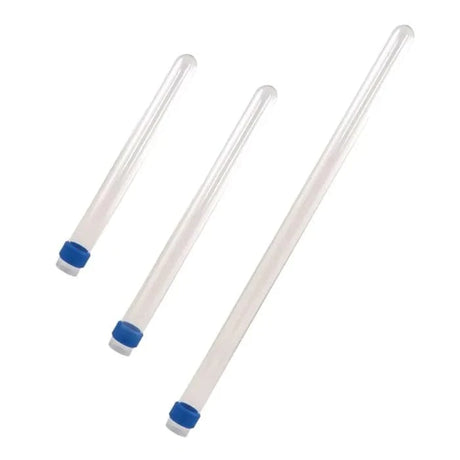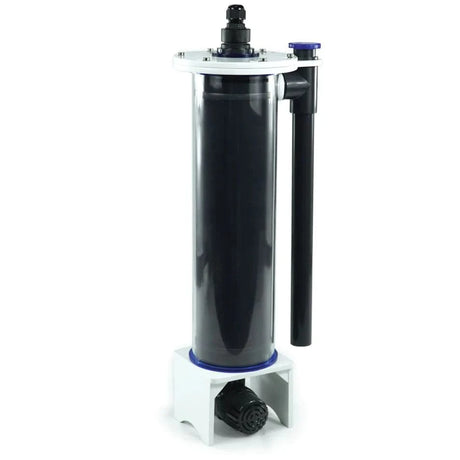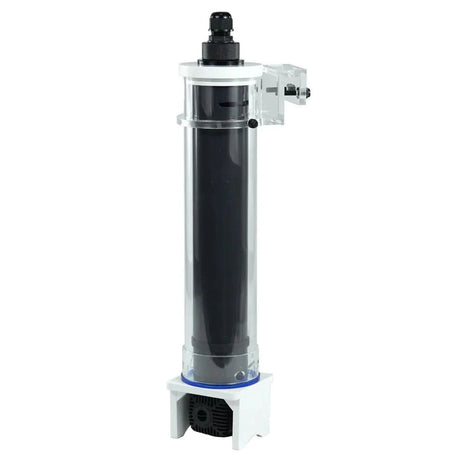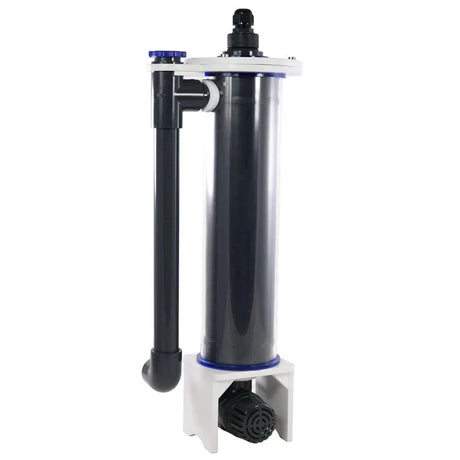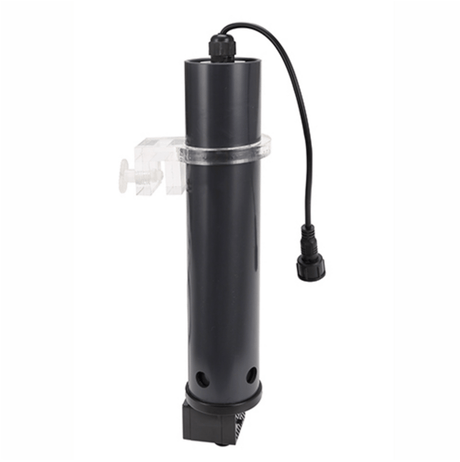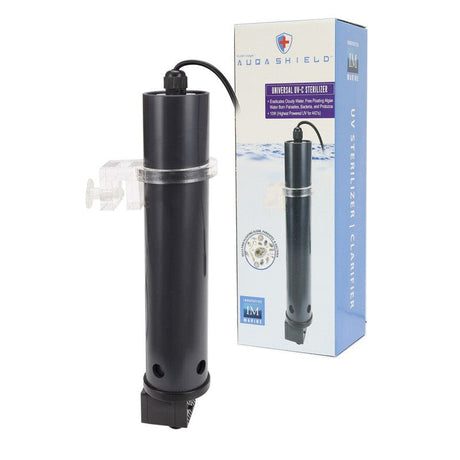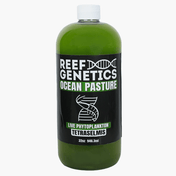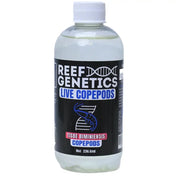114 Watt Classic UV Sterilizer - Aqua Ultraviolet
From $1,33288Unit price /Unavailable57 Watt Classic UV Sterilizer - Aqua Ultraviolet
From $68598Unit price /Unavailable25 Watt Classic UV Sterilizer - Aqua Ultraviolet
From $43971Unit price /Unavailable15 Watt Classic UV Sterilizer - Aqua Ultraviolet
From $32643Unit price /Unavailable40 Watt Classic UV Sterilizer - Aqua Ultraviolet
From $62735Unit price /UnavailableHigh Output UV Sterilizer - IceCap
From $27499Unit price /UnavailableAdvantage 2000+ UV Sterilizer with Hanger Spout - Aqua Ultraviolet
From $21678Unit price /UnavailableReplacement UV Sterilizer Transformer - Aqua Ultraviolet
From $13743Unit price /UnavailableReplacement UV Sterilizer Lamp - Aqua Ultraviolet
From $7618Unit price /UnavailableReplacement UV Sterilizer Quartz Sleeve - Aqua Ultraviolet
From $7039Unit price /UnavailableAuqa Shield UV Sterilizer - Innovative Marine
From $6599Unit price /UnavailableReplacment UV Sterilizer Bulb - IceCap
From $2199Unit price /UnavailableUV Sterilizer Mounting Bracket - Aqua Ultraviolet
$1755Unit price /UnavailableReplacment UV Quartz Sleeve - IceCap
From $1429Unit price /UnavailableIn-Sump High Output UV Sterilizer - IceCap
From $23400Unit price /UnavailableAquaShield 10 Watt UV Sterilizer (Universal) - Innovative Marine
$13199Unit price /Unavailable
Top UV Sterilizer Picks
Top UV Sterilizer Picks
Do I need a UV sterilizer for my saltwater aquarium?
Do I need a UV sterilizer for my saltwater aquarium?
Will a UV sterilizer kill beneficial bacteria?
Will a UV sterilizer kill beneficial bacteria?
How often should I replace the UV bulb?
How often should I replace the UV bulb?
Can a UV sterilizer kill ich?
Can a UV sterilizer kill ich?
What does a UV sterilizer actually do?
What does a UV sterilizer actually do?
